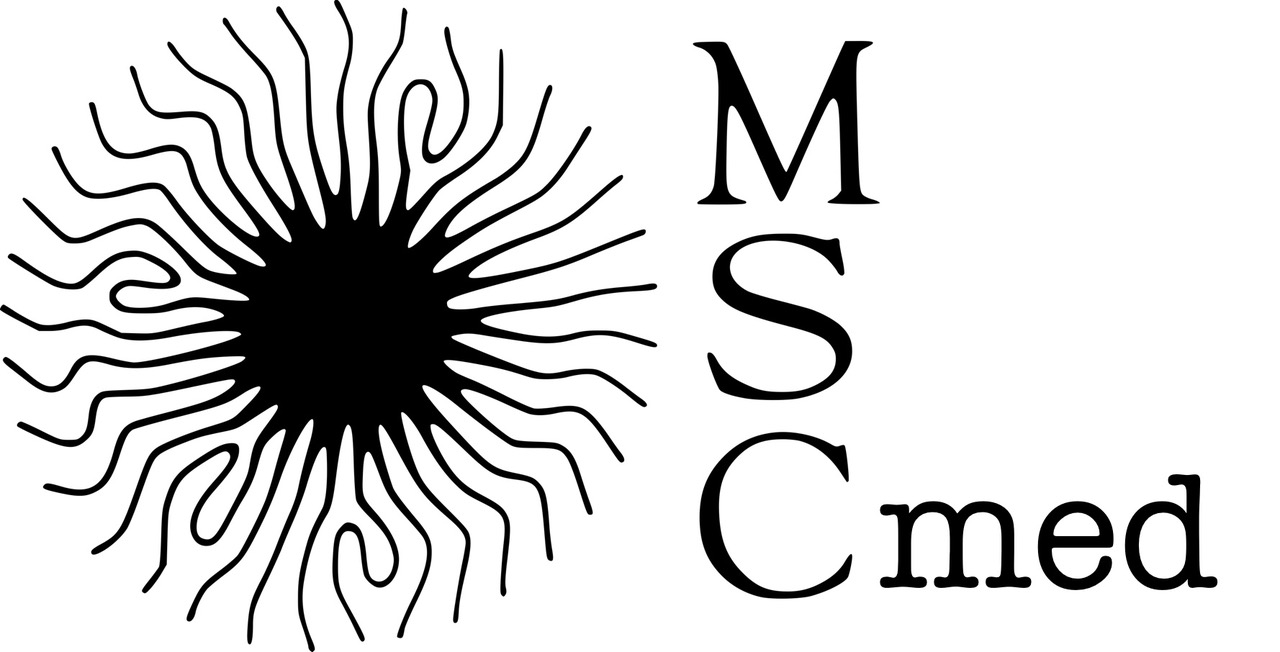Jeudi 5 octobre à 13h30 soutenance de thèse de Shéryl Bui en salle R229, au sein du Campus Saint-Germain-des-Prés de l’Université Paris Cité (45, rue des Saints-Pères 75006 Paris), thèse sous la diretion de Grégory Lavieu.
Résumé :
Bioengineering of Extracellular Vesicle–based Delivery Vectors
Extracellular vesicles (EVs) are lipidic nanoparticles (50 to 150 nm) secreted by all types of
cells. EVs are capable of mediating intercellular communication between a donor cell and an
acceptor cell. To do so, EVs encapsulate a molecular cargo (protein, nucleic acid, synthetic
molecule) and deliver this cargo within the cytosol of the acceptor cells. This property and the
biocompatibility of EVs make them promising vectors for delivering therapeutics of all types.
However, the EV uptake and content delivery is still largely misunderstood and poorly
efficient, and the underlying molecular players remain unknown. This prevents any strategy
to engineer the intrinsic machinery. To overcome this problem, three main strategies are
active loading of molecular content, targeting by increasing vesicular binding to a specific cell
line, and membrane fusion to increase cytosolic transfer. Furthermore, the field of EV
engineering does not yet offer accurate and comparable quantification of the different
strategies, preventing the developed tools to find clinical application.
The objectives of the present work are to:
1. Generate molecular tools for loading, targeting and fusion strategies;
2. Quantify the uptake and cytosolic transfer of EV cargo by directly tracking this cargo
for each strategy;
3. Provide proof of concept of the therapeutic relevance of each tool.
The loading strategy is based on a well–established drug inducible system (FKBP/ FRB system)
that forces the reversible heterodimerization between any cytosolic protein of interest and
an EV membrane protein. The fusion strategy involves the EV decoration with a human
fusogenic protein, Syncytin–1, that I compare with the envelope of the Vesicular Stomatitis
Virus (VSV–G), the current gold standard in vectorization. The targeting strategy is a versatile
method permitting to decorate EVs with antibodies that targets decorated EVs to acceptor
cells expressing a target antigen at their surface.
The quantification of the EV uptake and EV content delivery was performed by monitoring the
fate of the NanoLuciferase, a luminescent–producing enzyme loaded in EVs. As a proof of
concept of the therapeutic relevance, the modified EVs were used to perform tumor ablation
by delivering diphtheria toxin catalytic domain, and to perform gene editing by delivering the
CRISPR/Cas9 machinery.
My results show that the loading system increases the efficiency of EV uptake by 4–fold, the
fusion system by 5–fold, and the targeting system by 35–fold. Regarding the content release,
the loading system increases the efficiency by 4–fold, and the fusion system by 7.5–fold. The
efficiency of the Killer EVs was estimated to be 80% compared to 15% under basal conditions,
and that of Editing EVs was estimated to be 25% compared to 1% without EV engineering.
Key–words: extracellular vesicles, drug delivery, bioengineering, Syncytin–1, targeting,
membrane traffic, Cas9
© Tous droits réservés
© Tous droits réservés
